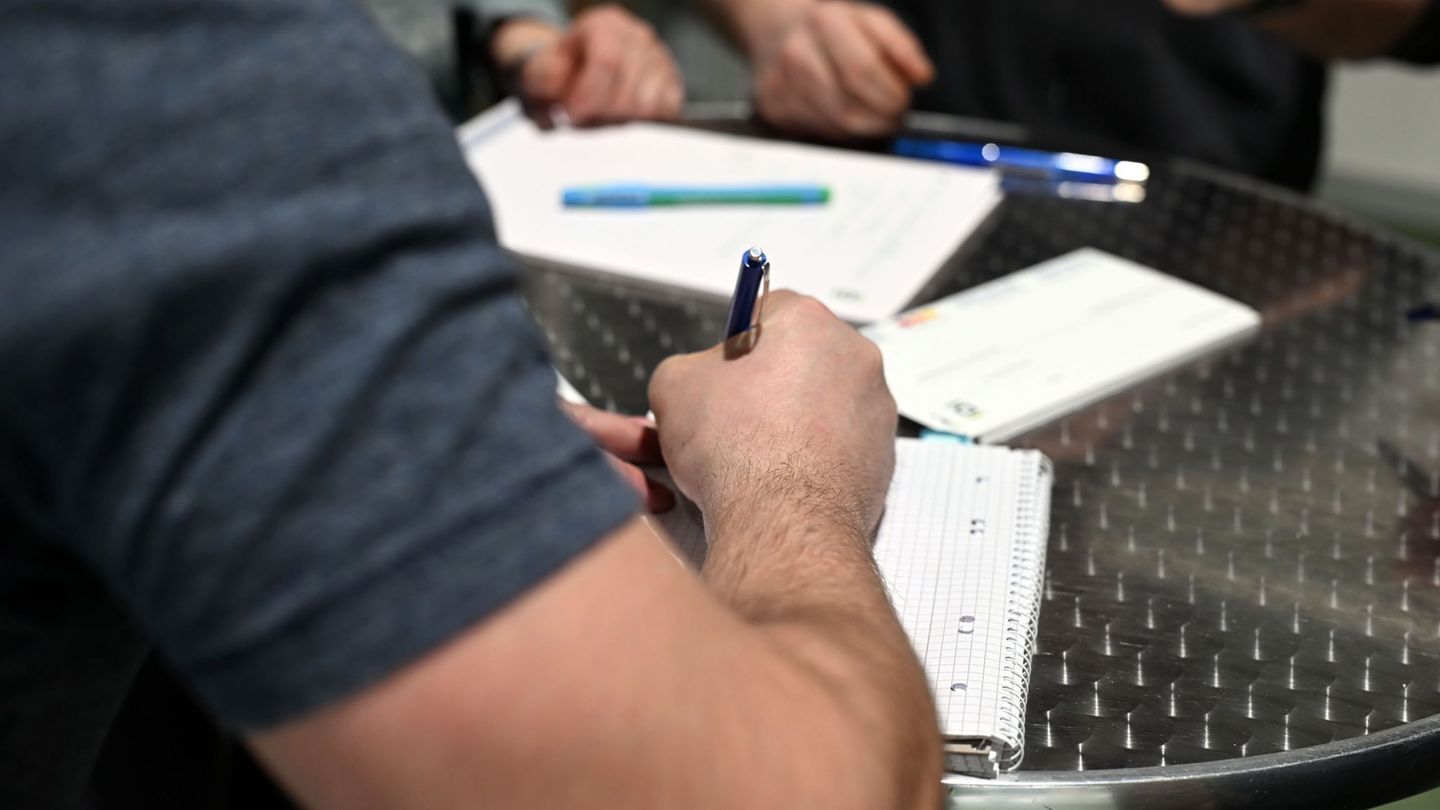The big industrial nations want to counter China’s “New Silk Road” and offer poorer countries money for infrastructure. The G7 states announce 600 billion dollars. In view of the sums that Beijing is making available, the amount seems modest.
The G7 countries want to “mobilize” 600 billion dollars over the next few years to support the construction of infrastructure projects in poorer countries. With this sum, which should come from private investments rather than government loans, the leading industrial nations want to buy African countries out of China’s grip. According to a statement by the US government on the occasion of the G7 summit at Schloss Elmau, the USA alone wants to raise 200 billion dollars.
“Democracy is the best way for development”
According to Commission President Ursula von der Leyen, the EU is involved with 300 billion dollars. The G7 initiative, called “Partnership for Global Infrastructure,” is intended to show that “democracies enable the best path for development,” von der Leyen said. The investments should be based on “democratic values”: “transparency, inclusivity, sustainability”. According to a senior US government official, many recipient countries of Chinese investments “have now realized that they are more indebted, that their economic output has not increased significantly and that these so-called investments have not reached the population,” as he said in Elmau.
For around ten years, the government in Beijing has been in the process of expanding its influence worldwide with the “New Silk Road” (“Belt and Road Initiative”). Around one trillion dollars will flow into the expansion of infrastructure for trade routes such as ports, railway lines and bridges. China is active in 60 countries, primarily in Asia but also in East Africa and Europe. Some rail routes end in Duisburg and Hamburg, for example. However, critics accuse the People’s Republic of creating dependencies with its gigantic investments and thereby pursuing its own interests – such as securing trade routes and access to raw materials – and not the interests of the recipient countries.
Port built and ceded to China
Take Sri Lanka as an example: in 2008 the island state began building a port financed with Chinese money – in the home town of then President Mahinda Rajapaksa. The facility was never profitable, causing the country to default on its debt to China’s Exim Bank. Instead, the financiers from the Far East received the right to use the eleven square kilometer site for 99 years. The state company behind the deal, China Merchants Port Holdings, now operates 50 terminals worldwide. Critics fear that Beijing could also use its ports for military purposes.
Many countries are like Sri Lanka, even European ones have fallen into the debt trap, such as Montenegro. Other countries are therefore trying to free themselves from China’s grip and are canceling joint projects, at least temporarily, such as Malaysia. The details of the loans with which the Chinese lenders “support” the recipients are mostly secret, and the Beijing government has not officially imposed any conditions. A study for the North Macedonian institute for democracy “Societas Civilis” concluded last year that the “corrosive capital” from China is threatening democratically established institutions and the market economy in the country.
The large industrial nations are now trying to make an offer to the developing countries against this appropriation. It is “not too late” for the G7 countries to counter this, said the US government representative in Elmau. In addition to Africa, countries in Southeast and Central Asia as well as in Central America should also benefit from the initiative. But what exactly are the plans for this? The United States has already announced some concrete plans. These include, for example, a solar energy project in Angola, an international production facility for vaccines in Senegal, undersea telecom lines between East Asia and Europe, and the development of mini-nuclear reactors in Romania.
The “Partnership for Global Infrastructure” had already been announced at the last G7 summit in Cornwall. In December 2021, the EU Commission then presented its “Global Gateway” initiative. It was considered the largest foreign policy maneuver in Europe, now it is part of a global project – agreements that have already been made are simply adopted. Such as the 150 billion euro investment that Ursula von der Leyen pledged to the neighboring continent of Africa in February. At the time, however, some heads of state reacted rather reservedly to the EU’s announcement. Senegal’s President Macky Sall, for example, said it was time for the former colonial powers to give something back to the continent.
Is it only China that gets the chance again?
The Africa Association of German Business is still unsure what will become of the announcements. It is unclear to him whether new money will be mobilized or whether only funds from existing initiatives will be given a new label, said boss Christoph Kannengiesser of the “Frankfurter Allgemeine Zeitung”. He also fears that the “usual financing structures” would again only favor Chinese or other players in tenders.
Sources: DPA, AFP, , , , , “”
Source: Stern
David William is a talented author who has made a name for himself in the world of writing. He is a professional author who writes on a wide range of topics, from general interest to opinion news. David is currently working as a writer at 24 hours worlds where he brings his unique perspective and in-depth research to his articles, making them both informative and engaging.




